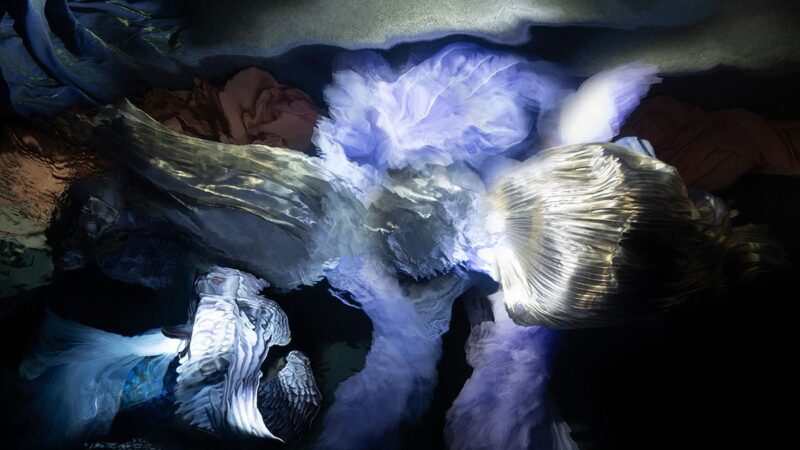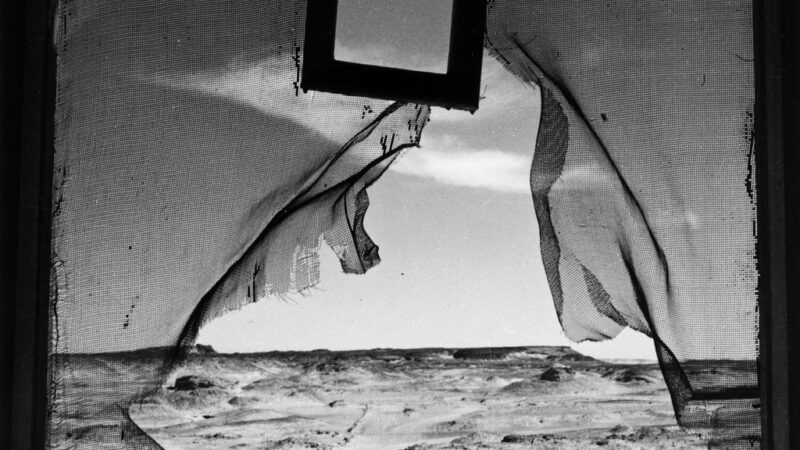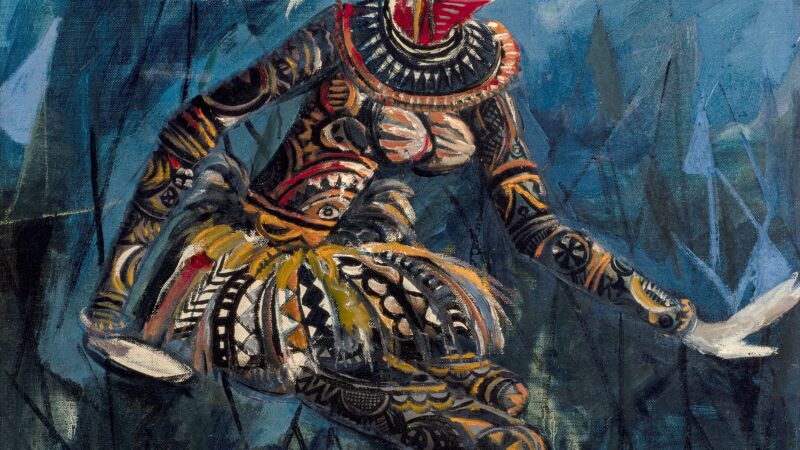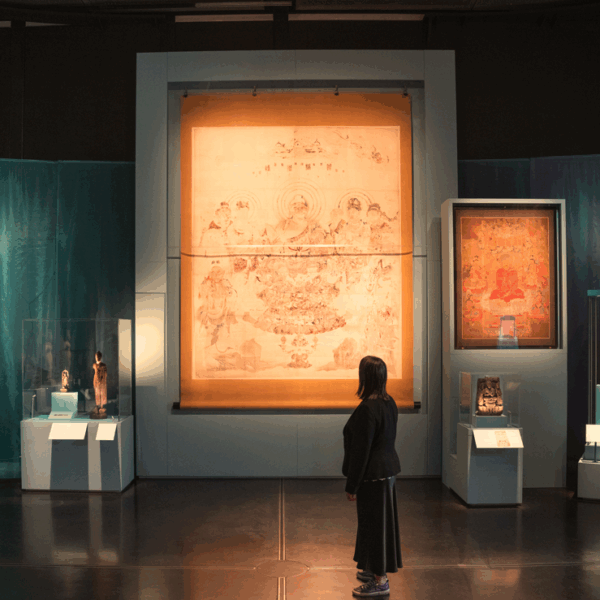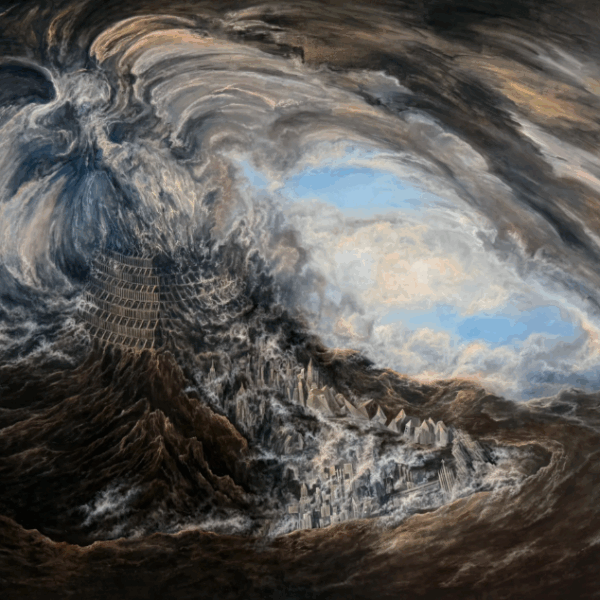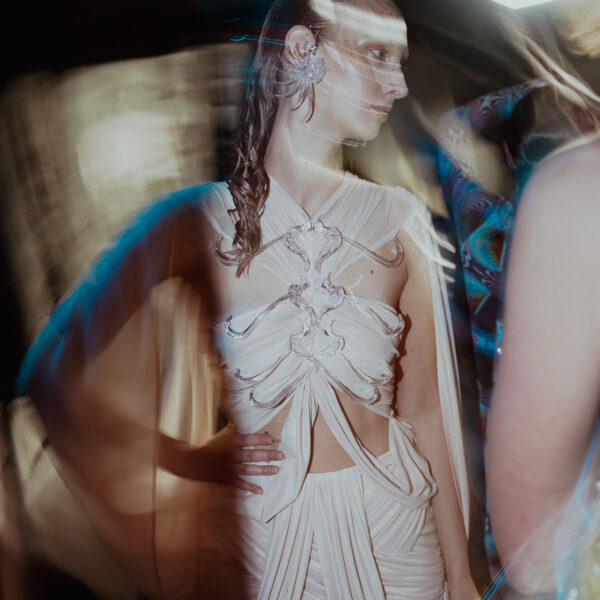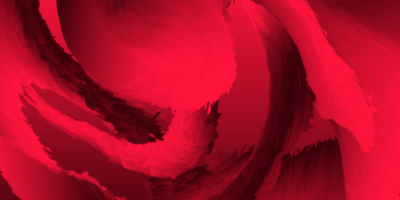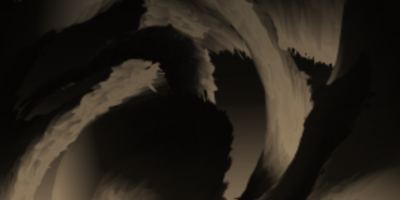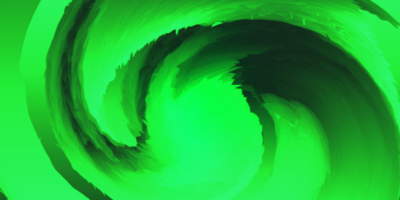Music has often influenced my paintings. Songs can be very visual.
I’m interested in what they conjure, and I’ve tried over the years to make paintings
that are imagistic and atmospheric in the way music can be.
Music, being an invisible art form, is open to interpretation
within the mind’s eye, and reflections from the mind’s eye are often
what I’m attempting to depict in my work. – PETER DOIG
At the Serpentine this season, Peter Doig has turned the gallery into something closer to a living, breathing sound system than a traditional exhibition space. His new project, House of Music, folds painting, sound, and memory into one immersive environment — a place where you don’t just look at art, you listen to it. The show takes Doig’s familiar world of half-remembered scenes, dreamlike landscapes, and ghostly figures and charges it with an entirely new sensory dimension. Music, in all its texture and history, becomes both subject and medium.
Doig has always painted like a man attuned to sound. His works hum with atmosphere, evoking the kind of feeling you get when a familiar song drifts out of a radio on a humid night. But House of Music takes that sensibility to its most literal and ambitious conclusion. For the first time, the artist integrates sound into his paintings’ physical space. The gallery has been transformed into a kind of communal listening room, filled with restored analogue speakers — including a pair of magnificent 1950s wooden Klangfilm Euronor cabinets once used in cinemas — through which Doig plays selections from his vast personal archive of vinyl records and cassette tapes. The air is warm with the hiss of needle and the crackle of old recordings, and the paintings seem to vibrate in sympathy with what’s playing.
The connection between Doig’s imagery and his musical choices is less about illustration and more about mood. Each painting engages with music in a different way: some depict places where sound might be heard — a club, a street corner, a shoreline at dusk — while others show musicians themselves, or the communal act of dancing and listening. These are moments of contact, where art and life meet through shared rhythm. The works are filled with light, shadow, and motion, as if the brushstrokes themselves were keeping time.
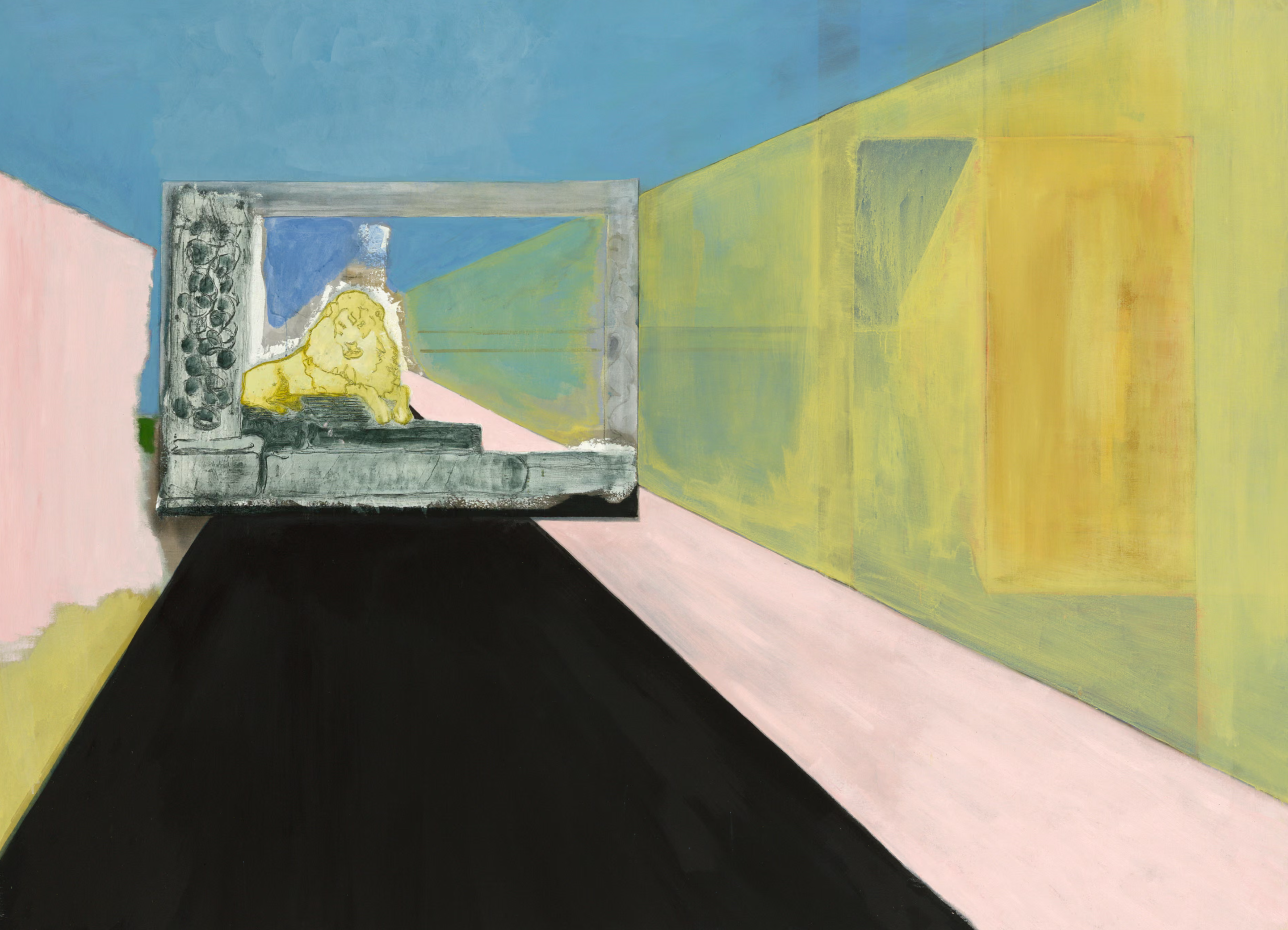
Lion in the Road, 2015. Photograph: © Peter Doig.
Much of the exhibition draws from Doig’s years in Trinidad between 2002 and 2021, a period that deepened his relationship with sound and cinema. The island’s sound-system culture, open-air cinemas, and street gatherings left a lasting imprint on his work. His paintings from this era pulse with that energy — thick paint, lush colour, and a sense of immediacy that feels almost musical. Trinidad gave Doig not only a new palette but also a deeper understanding of how people come together around sound. “It’s part of the air,” he once said of music on the island, and that feeling of immersion, of total atmosphere, pervades House of Music.
At the heart of the show sits a marvel of early 20th-century engineering: a restored Western Electric / Bell Labs sound system, first developed in the late 1920s to usher in the era of talking films. The system, composed of valve amplifiers and field-coil loudspeakers, was salvaged from derelict cinemas across the UK by Laurence Passera, a London-based expert in historic sound technology and Doig’s collaborator on the project. The object itself is beautiful — a hulking, sculptural relic that glows faintly as it plays — and the sound it produces is astonishingly rich, full of the warmth and depth missing from our digitally compressed world. It feels like a piece of history breathing again.
The title House of Music comes from the lyrics of “Dat Soca Boat,” a song by the Trinidadian calypsonian Shadow, whom Doig has long admired and even painted in his 2019 portrait Shadow. That connection between visual art and musical tribute runs through the exhibition, not just in the works themselves but in how the gallery operates as a social space. On Sundays, House of Music becomes something more than an exhibition: it transforms into a gathering called Sound Service. Here, musicians, artists, and collectors share selections from their personal archives on Doig’s vintage systems. Contributors include figures as diverse as Ed Ruscha, Duval Timothy, Olukemi Lijadu, and Nihal El Aasar, with later sessions featuring Linton Kwesi Johnson, Dennis Bovell, and Brian Eno.
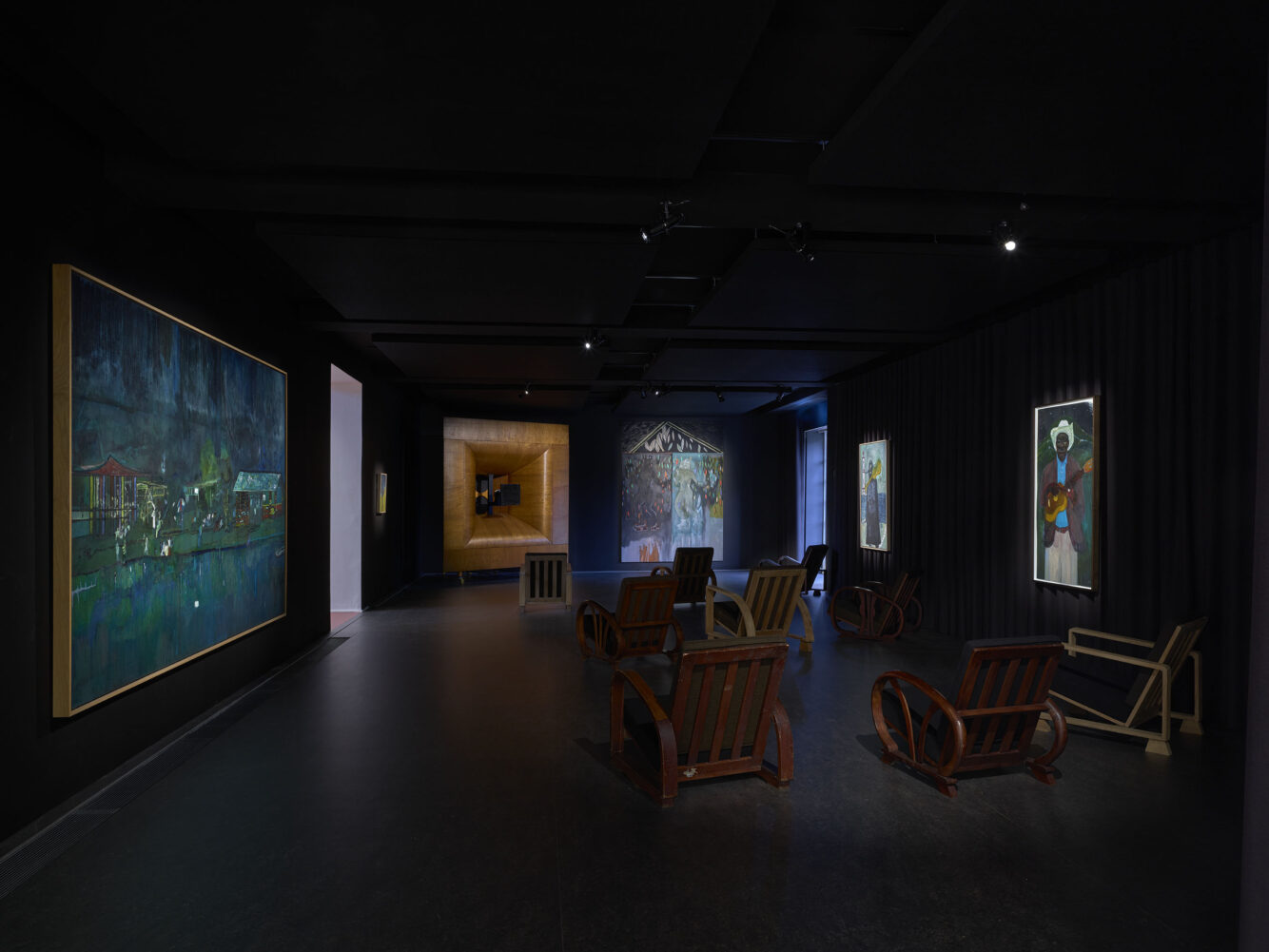
These are not performances in the traditional sense. Instead, they’re communal listening sessions — informal, responsive, unpredictable. One person plays a track, another answers with something else, and a conversation unfolds in sound. The effect is intimate and generous, a reminder that listening itself can be an act of art. The gallery becomes less a static exhibition and more a kind of salon: a space for gathering, conversation, and exchange.
Doig’s decision to build House of Music around listening feels quietly radical in an era of distraction. The show asks visitors to slow down — to stay in the room, to look longer, to listen closer. It offers a rare pause, a moment of attention in a world saturated with noise and speed. There’s something profoundly tender about that invitation, about the way Doig creates a space for contemplation that is neither silent nor overwhelming, but alive with the presence of others.
In the end, House of Music feels like both a culmination and an expansion of Doig’s practice. It brings together his long-standing fascination with atmosphere, narrative, and the collective experience of art. The paintings still hold their mystery — that dreamy balance between the real and the imagined — but now they hum with an added resonance, as though sound has always been there, waiting to be heard.
It’s hard not to think of the gallery as a metaphorical home for all these echoes — the songs, the stories, the ghosts that linger in the space between people. Peter Doig’s House of Music is, in the truest sense, a house of memory and emotion, built from sound, colour, and the fragile beauty of shared experience.


